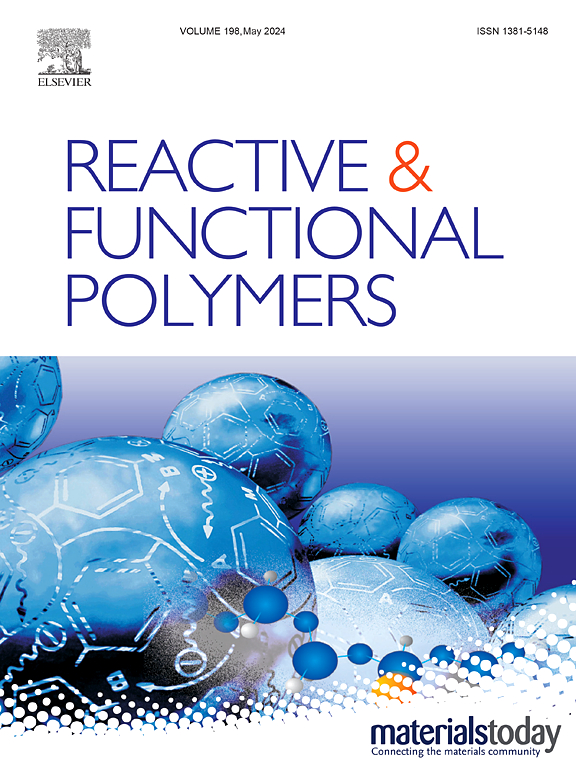A bio-based phosphorus-containing flame retardant towards highly flame retardancy, improved crystallization and impact toughness of PLA
IF 4.5
3区 工程技术
Q1 CHEMISTRY, APPLIED
引用次数: 0
Abstract
The green, environmentally friendly, and high-performance production of flame-retardant polymers has always been a huge challenge. In this paper, a bio-based flame retardant (PT) with high flame retardancy is synthesized from phytic acid (PA) and 2-aminothiazole (AT) using a green and simple method and is used in polylactic acid (PLA). When 4 wt% of PT is added into PLA, the LOI of PLA composite increases from 19 % to 24.6 % and vertical combustion reaches UL-94 V-0 grade, with a peak heat release rate (pHRR) reduced by 18 %. PT can take away heat in vertical combustion testing by promoting the dripping of molten droplets. On the other hand, in the cone calorimeter test (CCT), PT has the capability to facilitate the development of a compact char layer and achieve the effect of suppressing heat. In addition, the crystallinity of PLA composites has also been improved, with a maximum increase of 74.1 %. PLA/PT composites show a ∼ 50.3 % improvement on the impact performance thanks to plasticizing effect of PT. This work provides a green, environmentally friendly, and simple method for preparing highly efficient flame retardants.

求助全文
约1分钟内获得全文
求助全文
来源期刊

Reactive & Functional Polymers
工程技术-高分子科学
CiteScore
8.90
自引率
5.90%
发文量
259
审稿时长
27 days
期刊介绍:
Reactive & Functional Polymers provides a forum to disseminate original ideas, concepts and developments in the science and technology of polymers with functional groups, which impart specific chemical reactivity or physical, chemical, structural, biological, and pharmacological functionality. The scope covers organic polymers, acting for instance as reagents, catalysts, templates, ion-exchangers, selective sorbents, chelating or antimicrobial agents, drug carriers, sensors, membranes, and hydrogels. This also includes reactive cross-linkable prepolymers and high-performance thermosetting polymers, natural or degradable polymers, conducting polymers, and porous polymers.
Original research articles must contain thorough molecular and material characterization data on synthesis of the above polymers in combination with their applications. Applications include but are not limited to catalysis, water or effluent treatment, separations and recovery, electronics and information storage, energy conversion, encapsulation, or adhesion.
 求助内容:
求助内容: 应助结果提醒方式:
应助结果提醒方式:


